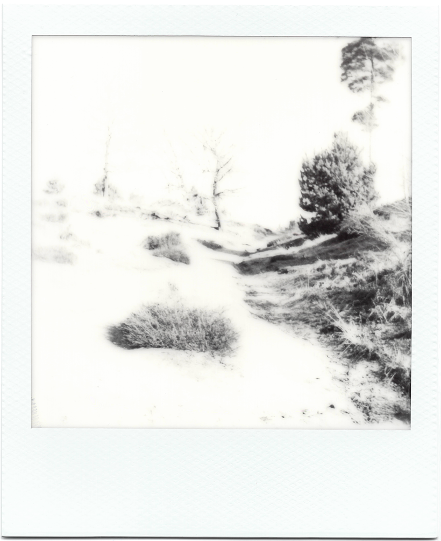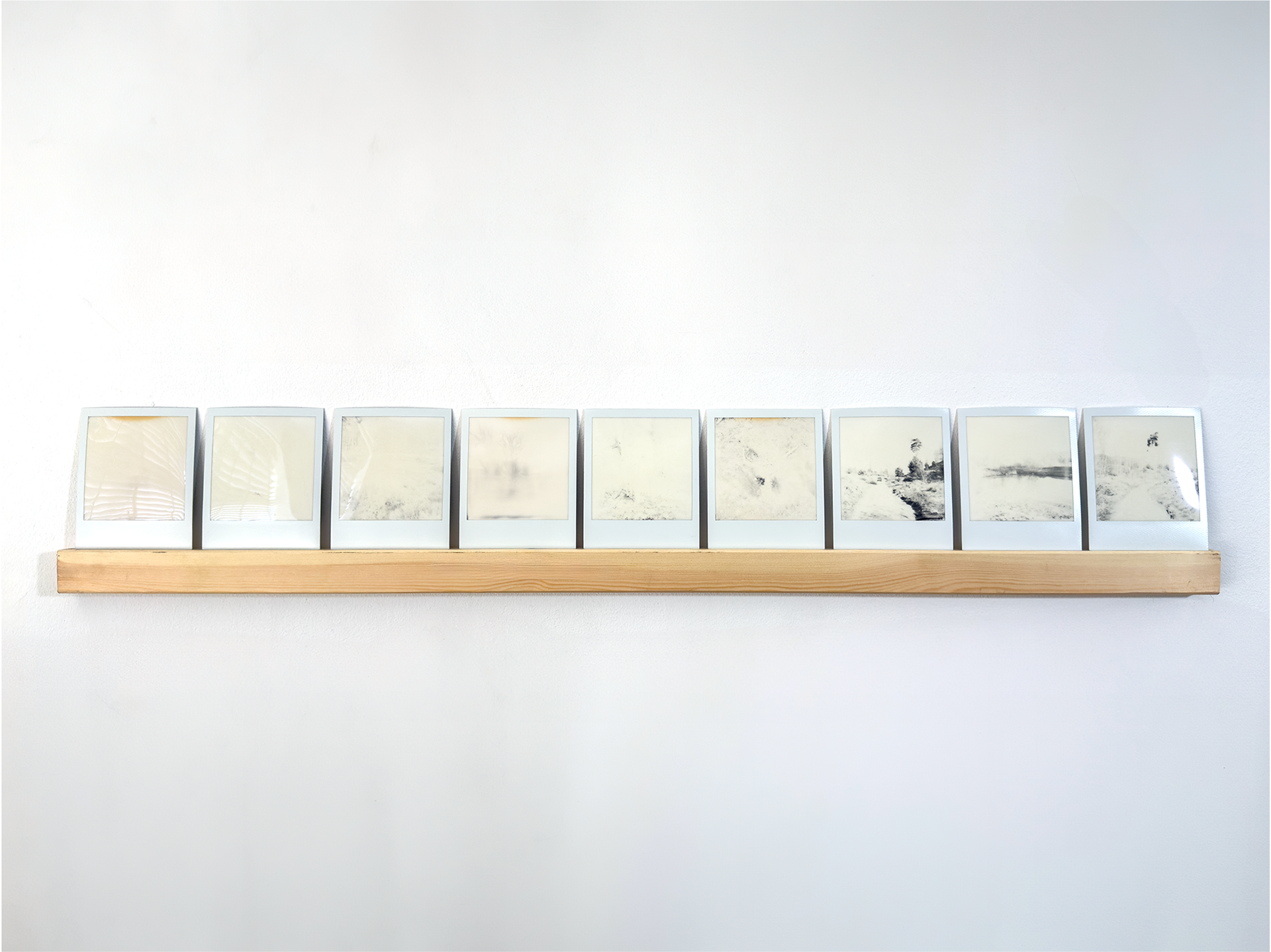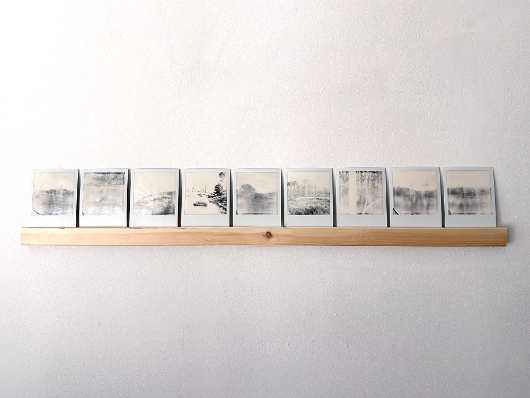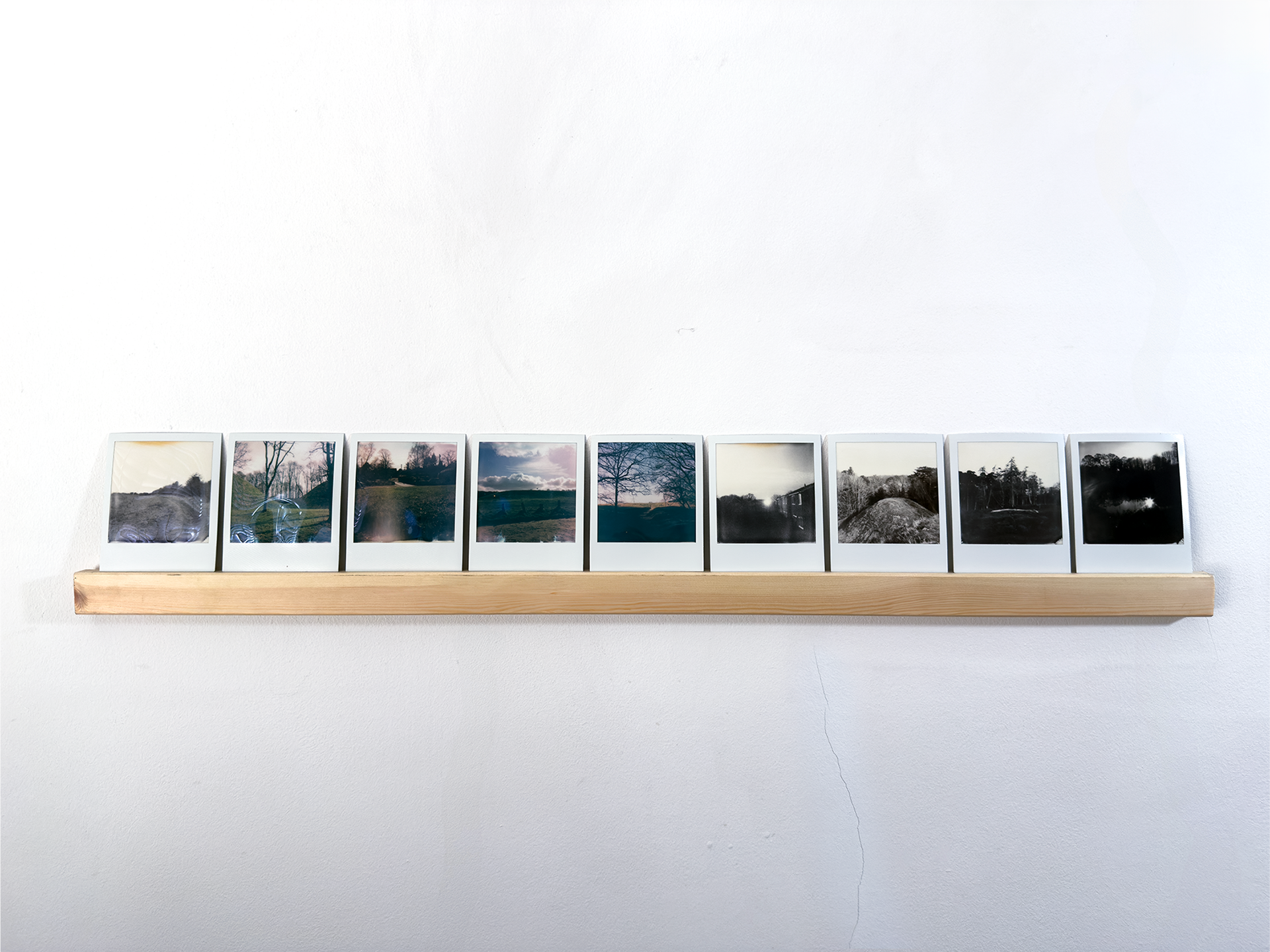“Winter is a time of withdrawing from the world, maximising scant resources , carrying out acts of brutal efficiency and vanishing from sight; but that’s where the transformation occurs. Winter is not the death of the life cycle, but its crucible.”
Katherine May, Wintering
Diapause is a stage of developmental arrest in an insect’s life cycle. In the northern hemisphere, winter is a key driver of diapause as the majority of insects are ectothermic, relying on heat from the sun to thermoregulate. It is often thought of as a complete arrest of biological functioning; a form of stasis, however, functioning does not stop entirely. Development persists, albeit much more slowly; chemical processes take place within the insect to keep it alive and sometimes facilitate its metamorphosis from larva to adult. Around it, time and abiotic factors such as light and temperature affect and determine the outcomes of an individual’s diapause. In this project I use ideas of temporality and materiality to explore the concept of diapause and explore how it can be successfully be communicated within a gallery environment, using original artifacts, digital reproductions and video to draw parallels between the diapausal state of insects, and the pseudo-diapausal state in which I find myself during the coldest, darkest months. I revisit the familiar habitats of summer, where I spend time studying insects during the summer months, to try to mimic the changes of diapause using my analogue Polaroid camera. They are quite different places in winter; still, cold and resting themselves. I do not thrive in the cold either; my hands freeze, and I feel slower as my body tries to conserve energy. My Polaroid feels the same way; in the near-zero temperatures the images withdraw and under-develop. I watch the latent images as they decide for themselves how much energy they can expend on emerging, as they leave ghostly impressions of the landscape that I am trying to etch on their surface. I look to rewrite my visual vocabulary with a deeper sense of materiality, by working with physical objects that have gone through their own biochemical processes. This project represents insects even though we don’t actually see them, because diapause is often performed underground, out of sight. I play with unseen mechanisms of winter and make them seen through my own photographic processes, using both still and moving image to etch time even deeper into the Polaroids.







